Yes, There's a Rotary Engine Coming to a Mazda Vehicle Next Year, but It's Not the Main Event

If you’re prone to daydreaming about slinky roadsters and curvaceous coupes powered by a high-revving rotary engine, this news might disappoint.
Mazda, one of a dwindling handful of automakers not in possession of an electric (or even hybrid) vehicle, plans to change that status next year with the introduction of a small battery-powered car. Coming along for the ride — at least in one variant — is a rotary gas engine designed to go unnoticed by the driver.
Speaking to Dutch outlet ZERauto.nl, Martijn ten Brink, vice president of sales for Mazda Motor Europe, said the electric vehicle and its range-extended sibling will appear in 2019. This jibes with what global powertrain head Mitsuo Hitomi said late last year.
Mazda loves gasoline engines, and internal combustion technology remains the major focus of its long-term planning. The mainly sparkless Skyactiv-X four-cylinder gas engine is proof of this. Still, Mazda can’t shy from technological advancements in the electric car field forever, and the upcoming EV should arrive at the same time as the new crop of fuel-efficient compacts.
Sharing a new Small Car Platform with the next-generation Mazda 2, 3, and CX-3, the unnamed EV will debut with dimensions similar to the 3, possible as a “crossover-like model,” ten Brink said.
For drivers worried about running dry while miles from a plug, Mazda will offer the option of a “a range extender in the form of a wankel engine,” the executive added. As there’s only so much battery space beneath a vehicle designed for all types of propulsion, range and battery size should be mid-pack. Having a rotary on board — one designed solely as a generator — not only eliminates fear of being stranded without a power source in the middle of nowhere, it also broadens the model’s appeal.
Not that sales are a huge consideration. Mazda’s treating the upcoming global model as something of an experiment. “Whether we sell 5,000 or 10,000 of them, we are going to learn a lot from them,” Martijn ten Brink said.
Mounted flat, the rotary generator will reportedly be no larger than a showbox, with related hardware expanding the powerplant’s footprint to that of two shoeboxes. The smooth-running engine, positioned low in the vehicle, should go unnoticed when in operation. (Hardly the spiritual driving experience of past rotaries, but at least it keeps the engine type alive.)
If all this talk of electric vehicles and crossovers has you feeling listless, fear not. There’s still a fire burning at Mazda HQ for a true rotary-powered sports car. Unfortunately, no shortage of uncertainty surrounds this future mystery model, which clearly isn’t at the top of the automaker’s to-do list.
[Image: Mazda]

More by Steph Willems
Latest Car Reviews
Read moreLatest Product Reviews
Read moreRecent Comments
- V8fairy Headlights that switch on/off with the ignition - similar to the requirement that Sweden has- lights must run any time the car is on.Definitely knobs and buttons, touchscreens should only be for navigation and phone mirroring and configuration of non essential items like stereo balance/ fade etc>Bagpipes for following too close.A following distance warning system - I'd be happy to see made mandatory. And bagpipes would be a good choice for this, so hard to put up with!ABS probably should be a mandatory requirementI personally would like to have blind spot monitoring, although should absolutely NOT be mandatory. Is there a blind spot monitoring kit that could be rerofitted to a 1980 Cadillac?
- IBx1 A manual transmission
- Bd2 All these inane posts (often referencing Hyundai, Kia) the past week are by "Anal" who has been using my handle, so just ignore them...
- 3-On-The-Tree I was disappointed that when I bought my 2002 Suzuki GSX1300R that the Europeans put a mandatory speed limiter on it from 197mph down to 186mph for the 2002 year U.S models.
- ToolGuy Did anyone catch that Boeing Starliner launch earlier tonight?

















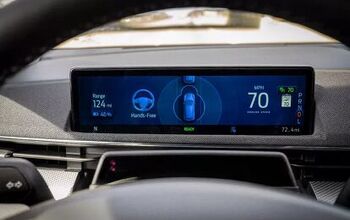
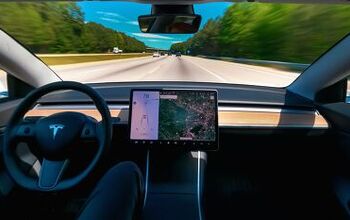
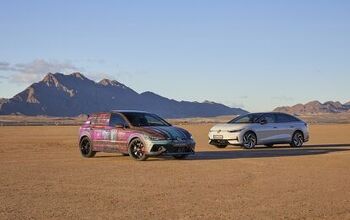
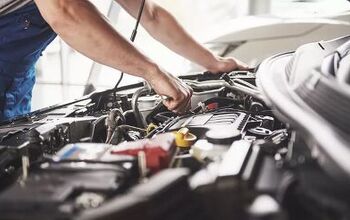
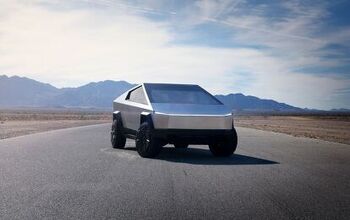


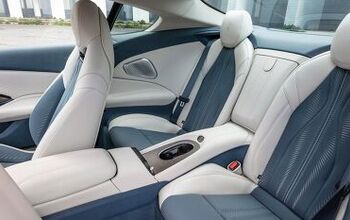
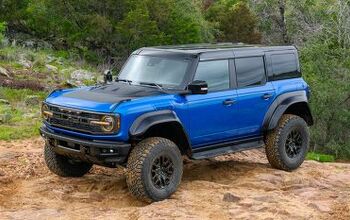
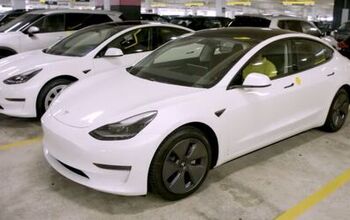
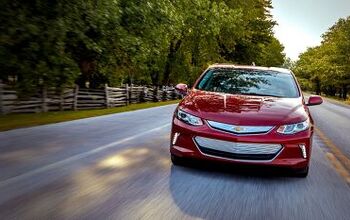

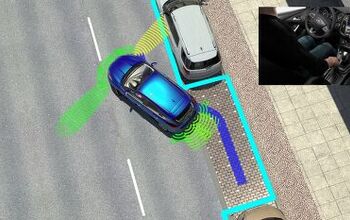



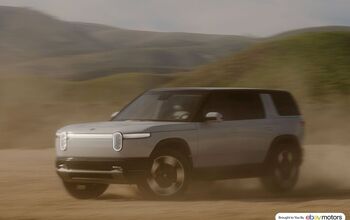
Comments
Join the conversation
The rotary has to burn a little oil injected with the gas, to lubricate the apex and side seals. How are they going to account for that? A separate oil reservoir, like a DEF tank?
Recently I drove the Mitsubishi Outlander PHEV and thought it was brilliant but flawed: brilliant as an electric vehicle, and flawed once the noisy, underpowered, fuel-swilling 4-cylinder generator came on. "If it's going to get the same dismal highway MPG as a non-hybrid CUV once the battery's flat anyway," I thought, "then it would be better if they used a butter-smooth Wankel for the generator." Yes, Wankels are hilariously inefficient, but they're vibration free and compact, the better to leave room for the gas tank. Mazda has done this trick before with a Japan-market extended-range electric Mazda 2; if they can do the same in a USEFUL size CUV (CX-5 or larger, Mazda, none of this CX-3 bullpucky) then they will make a real impact. But the world does NOT need another tiny EV.